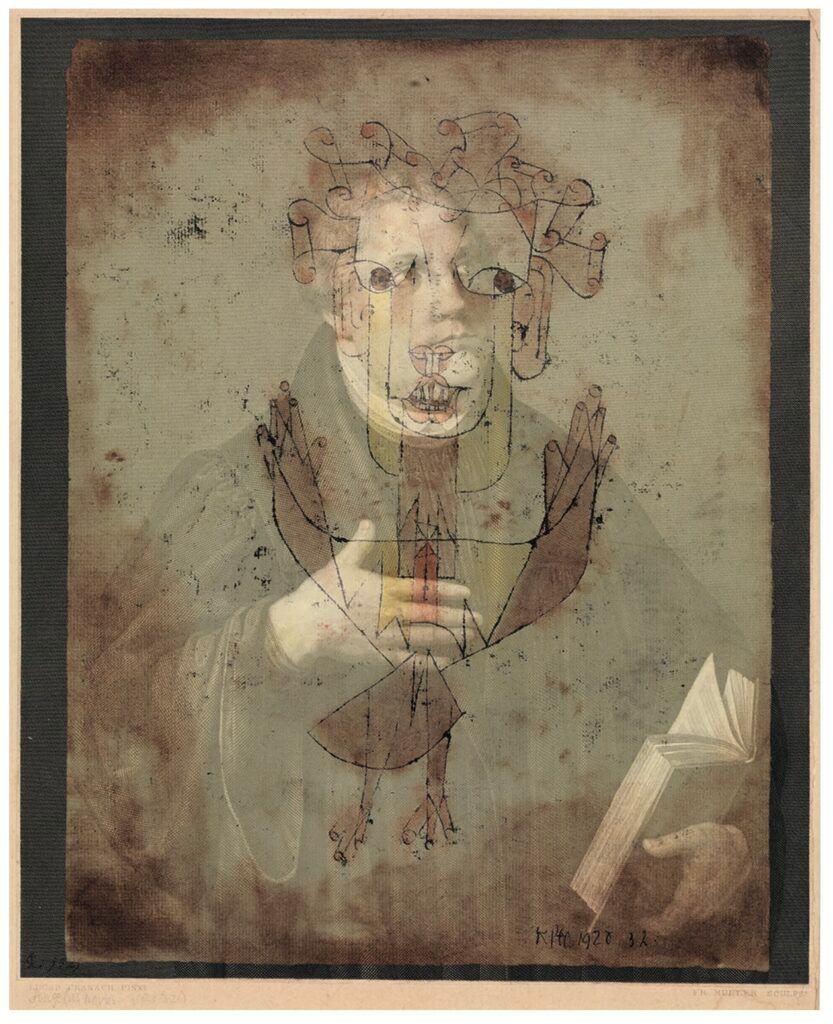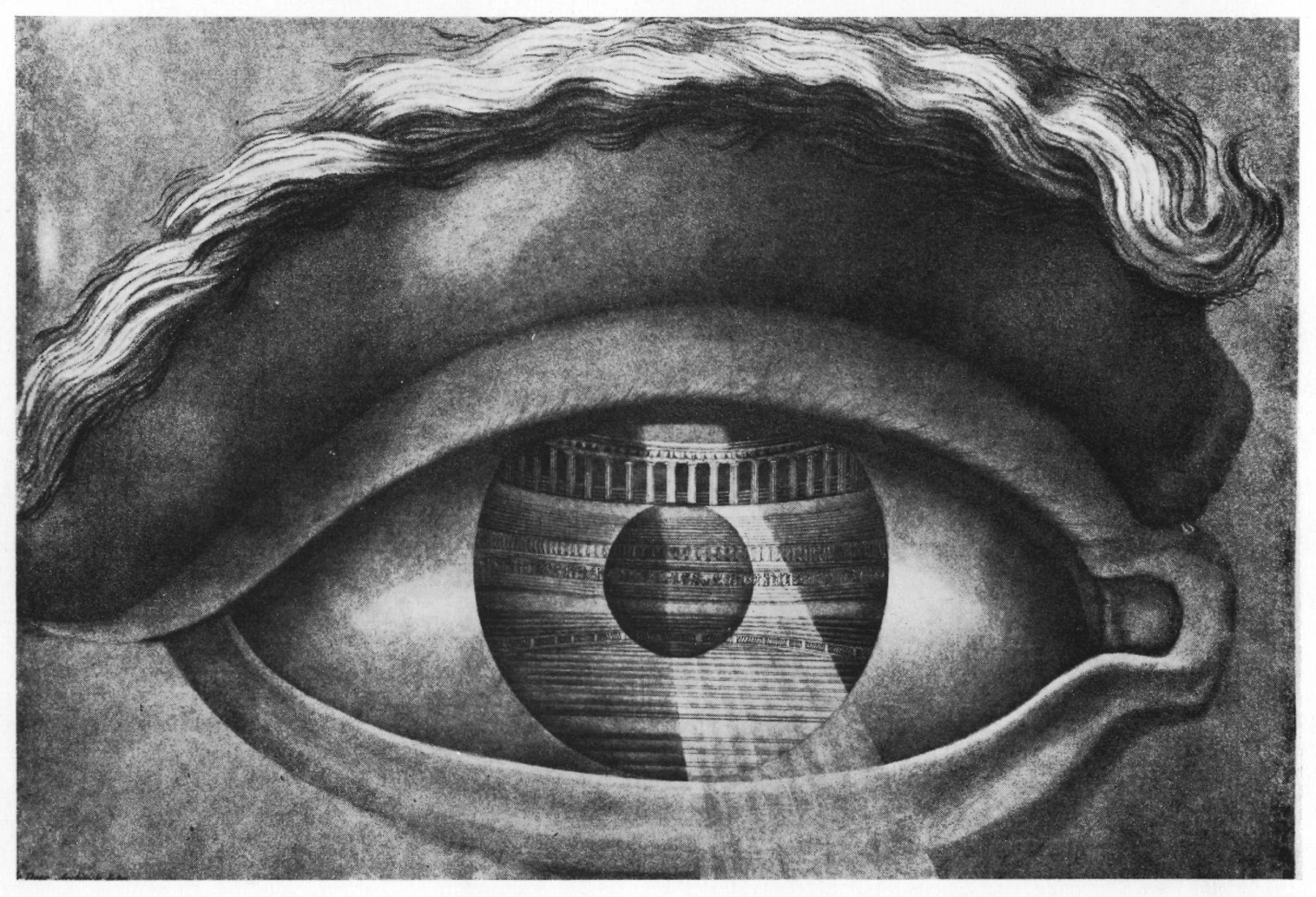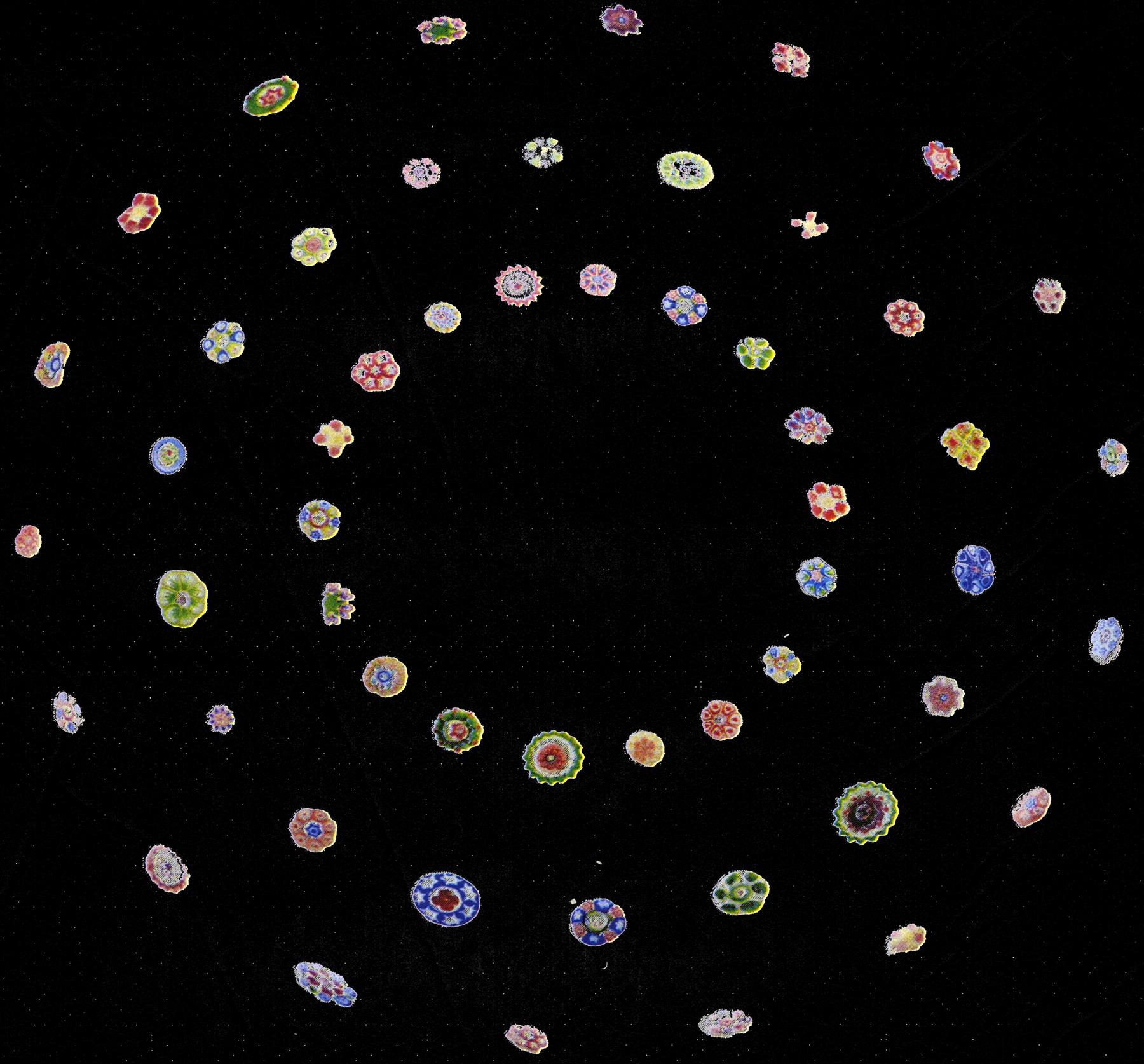Inventing Images
Jean Genet • 1986
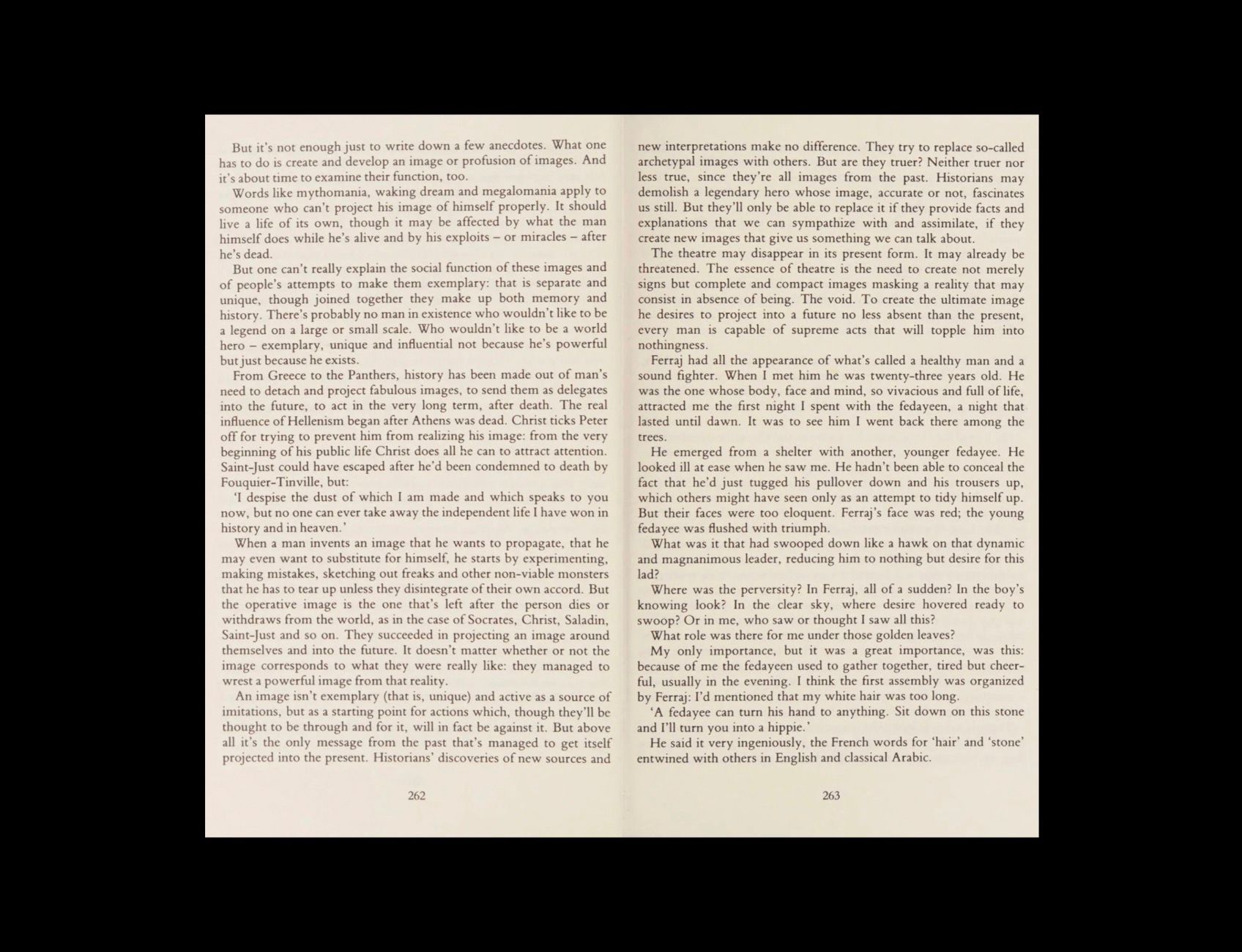

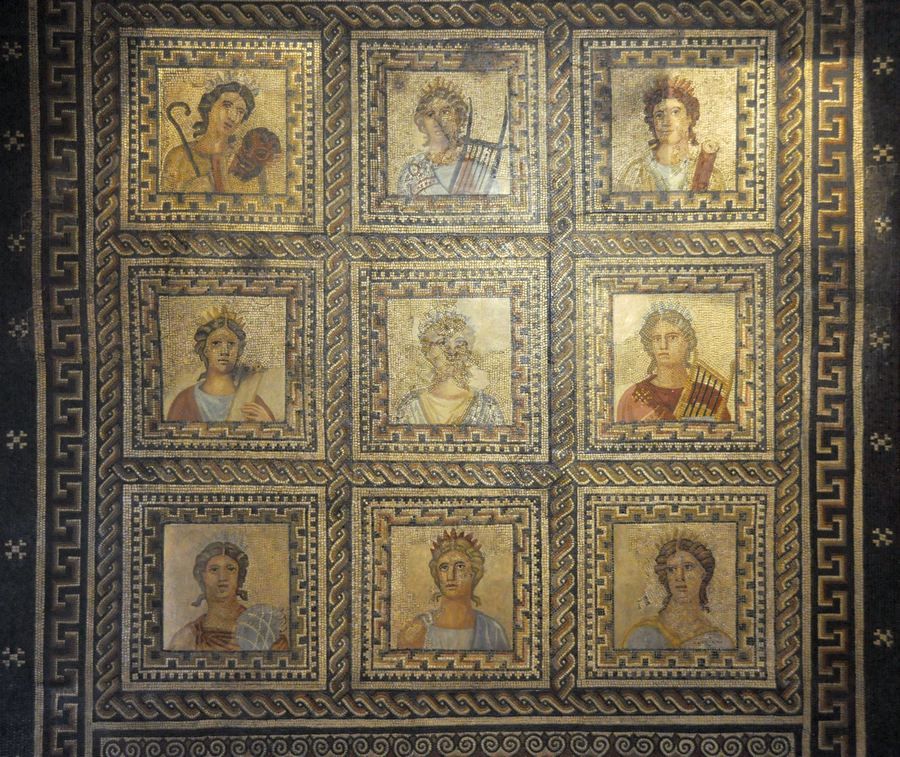
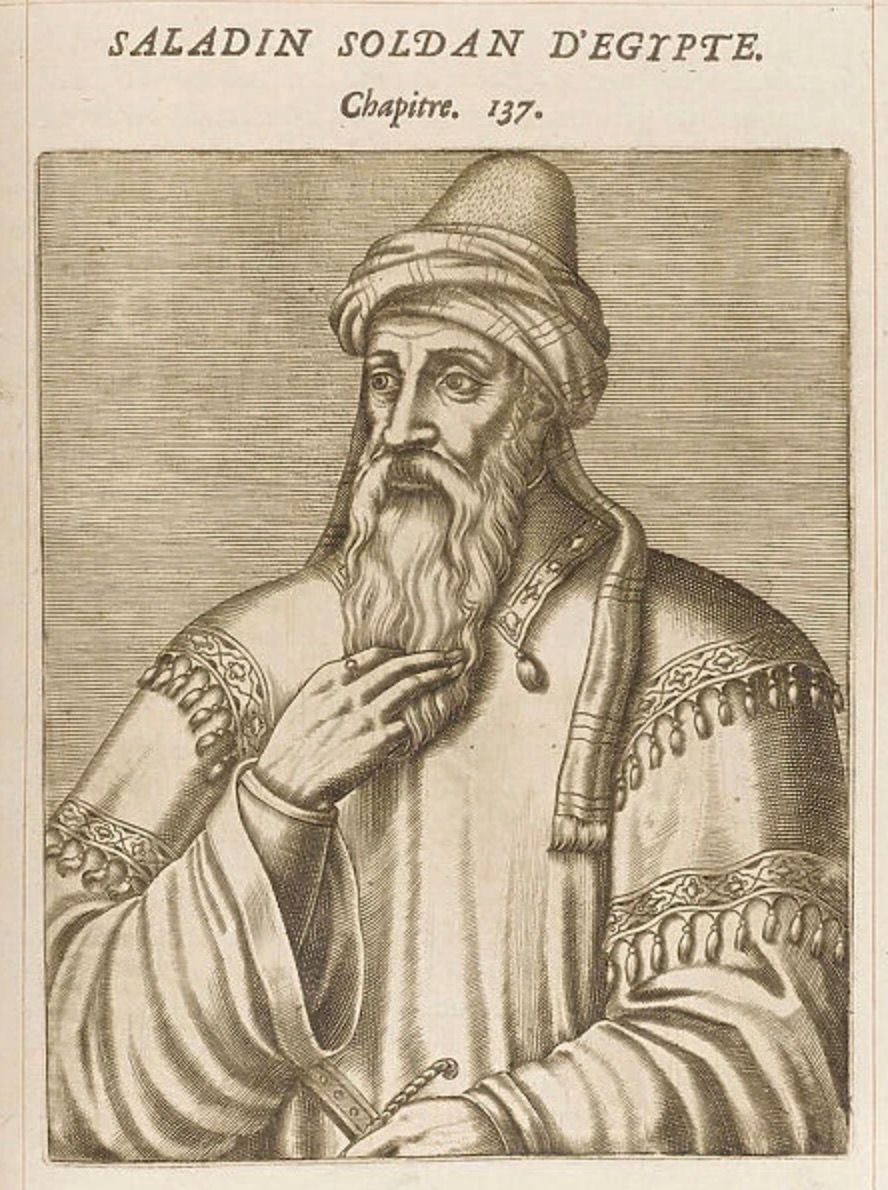
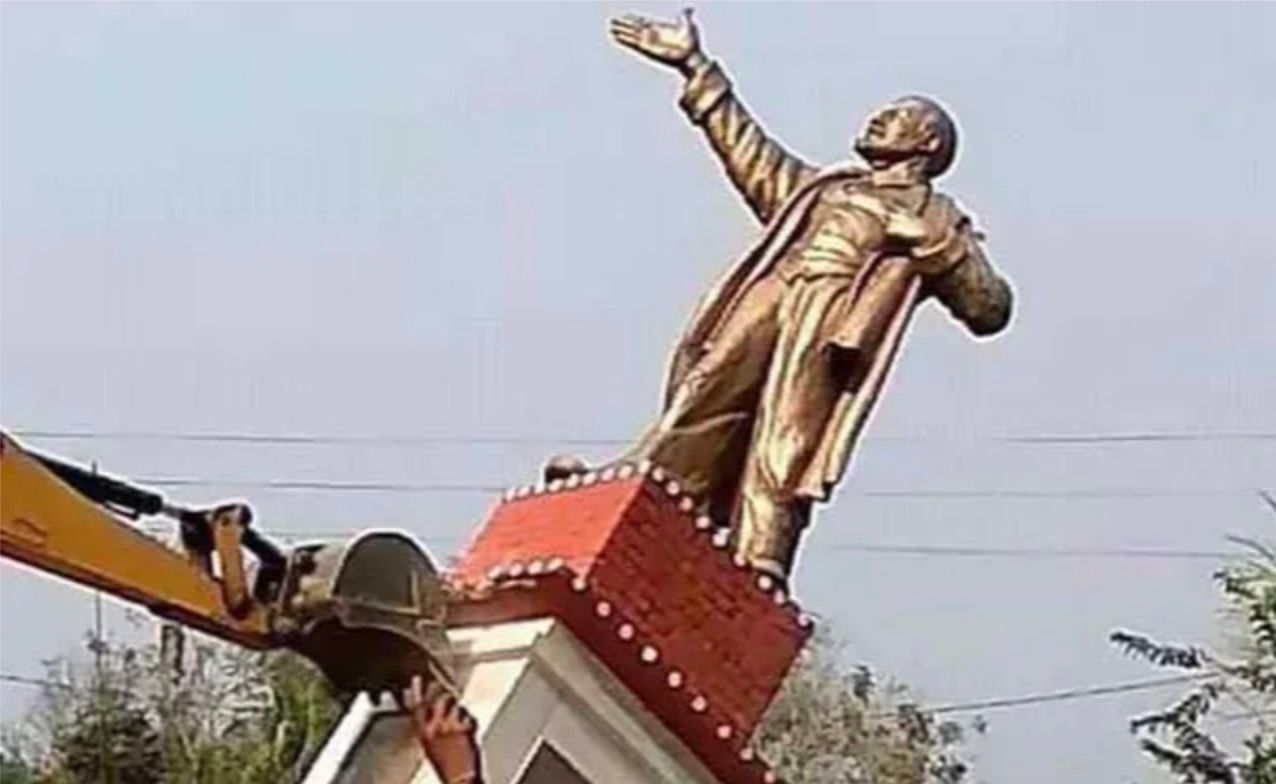
A From Greece to the Black Panthers B, history has been made out of man's need to detach and project fabulous images, to send them as delegates into the future, to act in the very long term, after death. The real influence of Hellenism C began after Athens was dead. Christ ticks Peter off for trying to prevent him from realizing his image: from the very beginning of his public life Christ does all he can to attract attention. Saint-Just could have escaped after he'd been condemned to death by Fouquier-Tinville, but:
“I despise the dust of which I am made and which speaks to you now, but no one can ever take away the independent life I have won in history and in heaven.”
When a person invents an image that they want to propagate, that they may even want to substitute for themself, they start by experimenting, making mistakes, sketching out freaks and other non-viable monsters that they have to tear up unless they disintegrate of their own accord. But the operative image is the one that’s left after the person dies or withdraws from the world, as in the case of Socrates D, Christ, Saladin E, Saint-Just and so on. They succeeded in projecting an image around themselves and into the future. It doesn’t matter whether or not the image corresponds to what they were really like: they managed to wrest a powerful image from that reality.
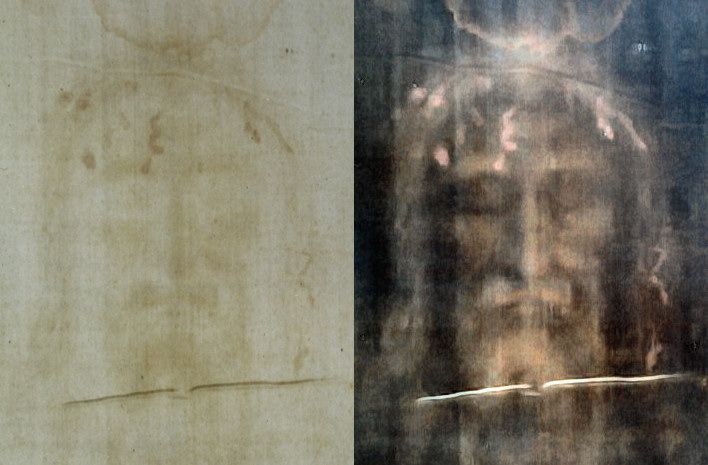
An image isn’t exemplary (that is, unique) and active as a source of imitations, but as a starting point for actions which, though they’ll be thought to be through and for it, will in fact be against it. But above all it’s the only message from the past that’s managed to get itself projected into the present. Historians’ discoveries of new sources and new interpretations make no difference. They try to replace so-called archetypal images with others G. But are they truer? Neither truer nor less true, since they’re all images from the past. Historians may demolish H a legendary hero whose image, accurate or not, fascinates us still. But they’ll only be able to replace it if they provide facts and explanations that we can sympathize with and assimilate, if they create new images that give us something we can talk about.
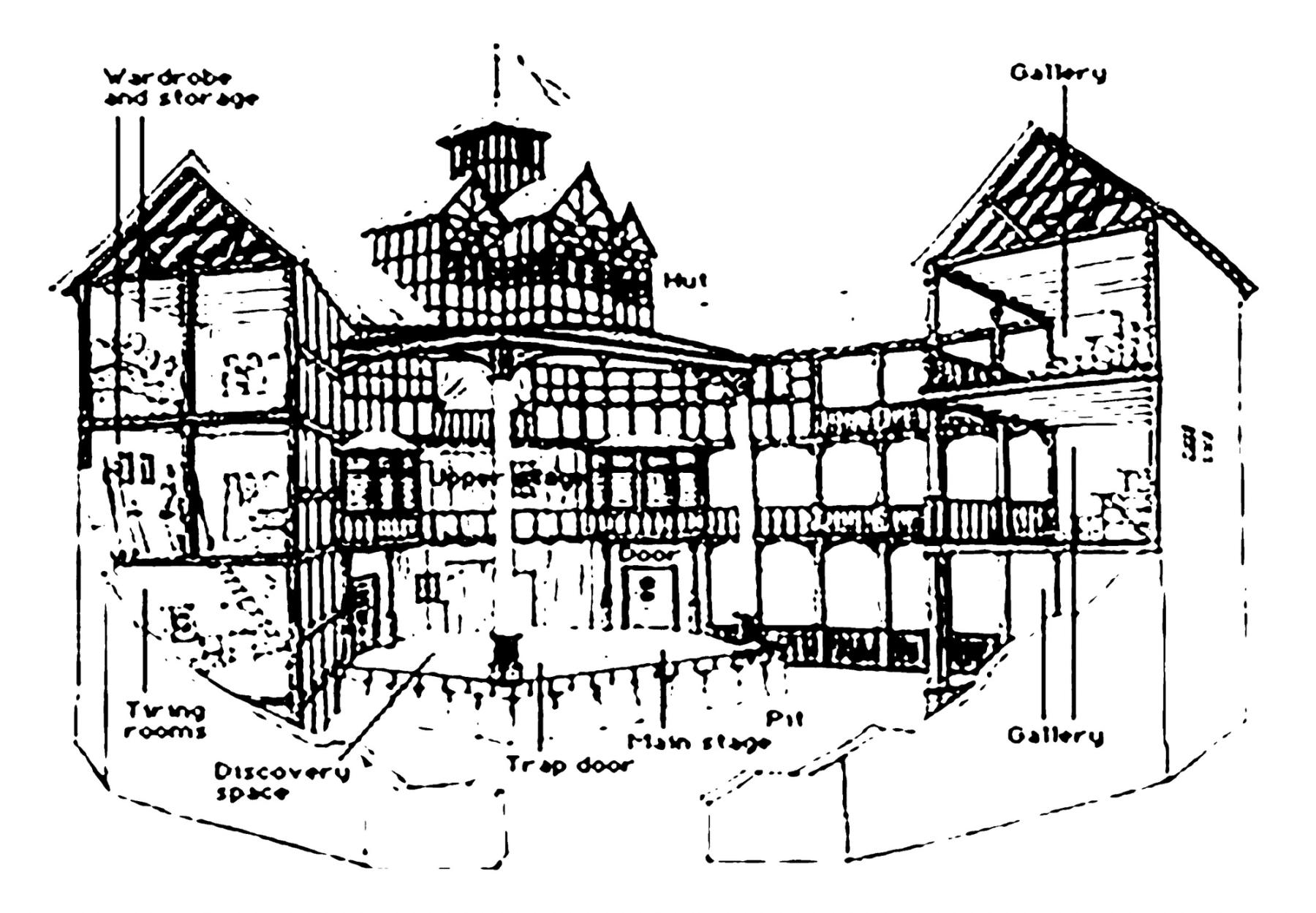
The theatre K may disappear in its present form. It may already be threatened. The essence of theatre is the need to create not merely signs but complete and compact images masking a reality that may consist in absence of being. The void. L To create the ultimate image they desire to project into a future no less absent than the present, every person is capable of supreme acts that will topple him into nothingness. M


